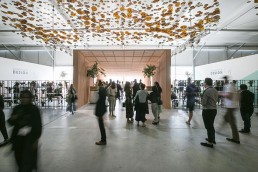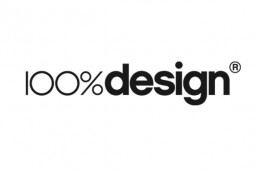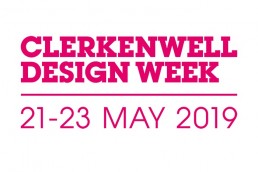The pandemic has challenged long-established models of societal interaction, placing new demands on our built environment. A fresh set of expectations of how spaces may be experienced and used requires inspired, studied and practical solutions from those who create them.
To highlight the design industry’s response to the shifting attitudes towards how we will engage with our surroundings, Downtown Design has invited the region’s architects and interior designers to conceptualise how we will live, work and play in a post-pandemic world.
Selected proposals will be presented in a multi-media exhibition during Dubai Design Week that will expose the region’s creativity to a wide audience and will be complimented with a simultaneous programme of digital panel discussions featuring regional and international experts.
From an open call, entries were received from a wide group of design professionals – from home-grown boutique studios and individuals to regionally-based international practices, together representing the diversity of the Middle East’s design talent as well as solutions that are rooted in our unique context.
Shortlisted firms include Saudi Arabia-based Sibyl Design Studio, who will explore how Middle Eastern cities can develop engaging, efficient and safe-distanced pedestrian networks using the infrastructure already present within neighbourhoods; Lebanese architect Rabih Geha, who will imagine nightclubs of the future; and Kuwait-based Studio Toggle, who will explore the evolving restaurant culture.
UAE-based practices such as SSH, Bishop Design, Kristina Zanic as well as Binchy and Binchy Architects, Consultants and Loci Architecture + Design amongst others will showcase conceptual presentations that interpret our recent collective experiences with both irony and insight.
Complementing the physical showcase, Downtown Design’s digital talks programme – The Forum – will present daily industry talks featuring leaders of the international and regional design scenes, including celebrated designer Aline Asmar A’Amman, industry opinion leader Max Fraser, renowned architect Jonathan Ashmore and multi-hyphenate designer Asif Khan.
The full shortlist of designers to be featured in The Shape of Things to Come will be announced soon. Examples of concepts by participants include:
Material Exploration by Binchy and Binchy Architects
“When our physical connections were impaired and planes were grounded, importing products became complicated. Specified materials were suddenly difficult to get hold of and so we needed to innovate with what was right in front of us. This challenge poses a great opportunity for the local design community. With access to online learning and efficient ways to communicate virtually, we can put the time we used for travelling to work and meetings to better use,” says founder Jennie Binchy.
“For an upcoming project, an Artist’s Retreat in the desert, we could search out products that were not only local, but use this time to improve our skills to customise materials to create projects that were more bespoke and finely crafted than ever before. Sourcing and creating locally also has a positive impact on the economy and the environment. Diversifying design abilities while remaining physically static is an exciting challenge for the industry and one we wanted to explore and illustrate in The Shape of Things to Come.”
The Living Wadi by Atkins
“In a time of uncertainty, how do you create a vast public space intervention that is at the same time heterogenous in use and homogenous in reading? What is the answer to activating public space during summer months in GCC cities? How do we cater for huge civic crowds with the same space we provide for intimate gatherings? How do we create an interventions that is both ecologically and financially sustainable?
“These were the questions we asked ourselves when imagining a large-scale public space at the heart of a financial district in one of the GCC countries. The key challenge for the project was finding a strong and unique personality for itself without overpowering the iconic towers around it. Rather than trying to steal the limelight, our proposal seeks to be a canvas where the real stars of the development can enact their daily lives: the user,” says Edward McIntosh, Regional Design Director, Atkins Middle East.
“With our concept of ‘The Living Wadi’, we wanted to create a bold and highly legible solution that not only provides inviting shelter for users during summer months but also manages to house diverse retail and F&B offer, several zones of seating to cater for live shows of various kinds and a daily go-to show at the centre of the action where the living, LED-walls of this futuristic Wadi not only convey daily information but also a world-class educational show that conveys the miracle of life and the bright future the GCC has ahead of it.”
Related Posts
16 November 2019
Downtown Design returns for seventh edition
30 January 2016
100% Design
27 January 2016



